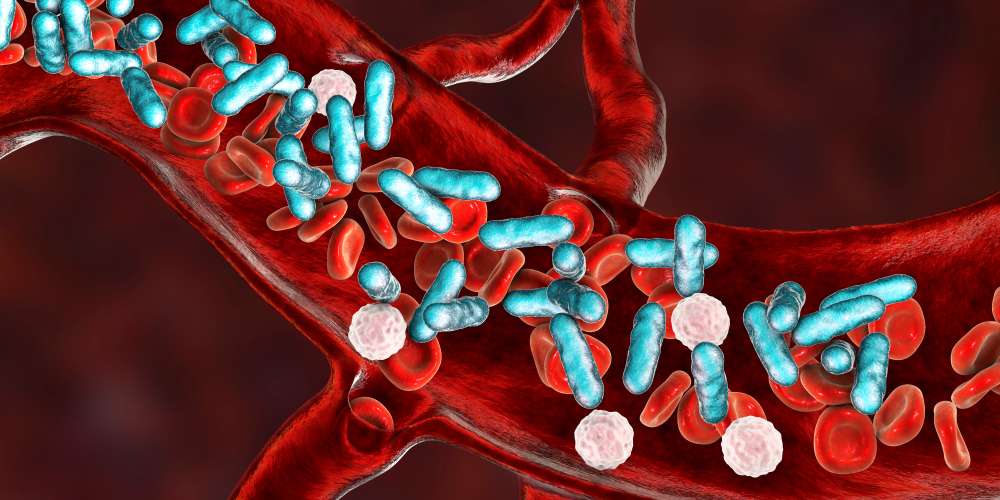
Understanding the Different Types of Botulism and Their Sources
Botulism, a potentially dangerous illness caused by Clostridium botulinum bacteria, can occur in three different environments. These bacteria, found naturally in soil, dust, and rocks worldwide, do not make people sick on their own. However, in environments with low oxygen levels, they start producing botulism toxin, which can be harmful when ingested. The three types of botulism are infant botulism, foodborne botulism, and wound botulism. Infant botulism occurs when newborns or infants ingest dust or soil containing C. botulinum, which settles in their gastrointestinal tract and produces the toxin. Raw honey can also be a source of infant botulism. Foodborne botulism happens when preformed botulism toxin is ingested through contaminated food. This typically occurs when home-prepared foods have not been properly sterilized or handled during canning, fermentation, or preservation. Although rare, store-bought food can also cause botulism. Wound botulism occurs when C. botulinum enters a wound and produces the toxin inside it. Individuals who inject illicit drugs into their skin or muscles, such as heroin users, are at risk of developing wound botulism. Understanding the different types of botulism and their sources is crucial for prevention. Proper sterilization and handling during food preparation, avoiding the ingestion of contaminated substances in infants, and practicing safe injection practices can help reduce the risk of botulism.
To know more: About the original article click here.
